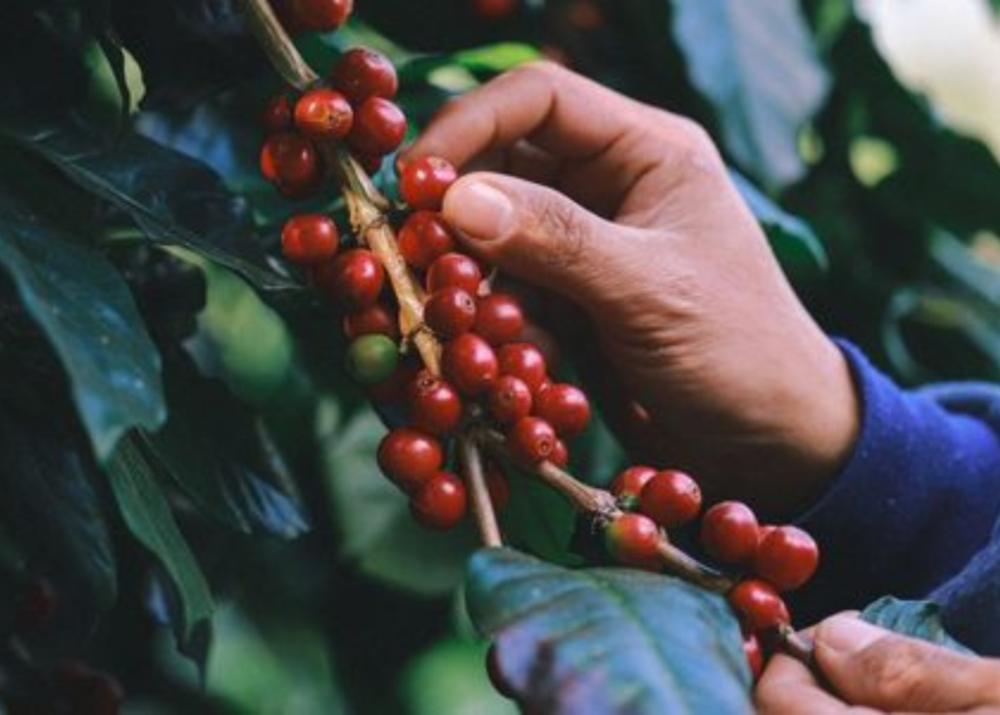
If you sell fruits and veggies or harvest and use garden-grown produce, the quality of your harvested goods holds lots of importance. Produce quality factors into the taste and nutrients of the product; the better the quality, the more the fruit and vegetable offers.
High-quality and optimized produce offers numerous benefits for those on a plant-based diet or producing plant-derived products, where fruits and veggies make up most of their nutrient intake and ingredients. Understanding what affects the quality of your harvested goods ensures you sell or enjoy the full fruits of your labor, maintaining their quality value.
Temperature and Atmosphere
Surrounding temperatures and atmospheres create different storage and living conditions. These factor into how long your produce lasts, their exposure to external influences, and their overall quality. Like most fruit and vegetables, the best way to keep berries fresh is to store them in the fridge. Cold temperatures slow down the harvestable ripening process. It essentially acts like a pause button, keeping your goods in their prime quality for longer after harvests.
Other atmosphere control components that affect the quality of your food include sunlight exposure, humidity, and moisture. Depending on the fruit or vegetable, each type of produce has its own preferred living and storage conditions that are similar to its ideal growing circumstances, as well as maximizing and preserving its quality.
Mold and Germs
Mold and germs decrease the quality of anything. They create hazardous and unsightly infestations. In your harvested crops, they hinder your fruit and veggies’ value, edibility, and nutrients. Mold, germs, and insects feed on the harvested goods.
Germs and insects lower a product’s nutrient count. Mold feasts on the moisture that maintain the nutrients. All infestations reduce, alter, and affect the fruit and veggies’ value in a variety of contexts. They also speed up decay, minimizing the richness of your harvested crops.
Increased Oxidation
Respiration plays an essential role for all living organisms. It supplies necessary and beneficial properties that keep internal systems functioning and growing. Oxygen typically offers positive benefits; however, in harvested produce, it creates an adverse effect.
Oxidation increases and speeds up fruit and vegetables’ lifecycles. It ripens them faster but also causes them to reach the end of their life, burning through their nutrients and decreasing their quality. Oxidized food undergoes chemical reactions that use its nutrients, leaving you with little to reap.
From their surrounding atmosphere to active external influences, numerous factors affect the quality of fresh harvests. Understanding the different components that play a part in the quality and value of produce allows you to better implement preservation protocols to hold onto your fruit and veggies’ prime until use.
Whether you operate a fruit and veggie business, make plant-based products, or eat homegrown harvests, optimizing the quality of your produce offers an array of benefits. It increases their health influence, creates valuable items, and heightens flavors. Enjoy the full value of your labor and protect the quality of your harvested goods.

